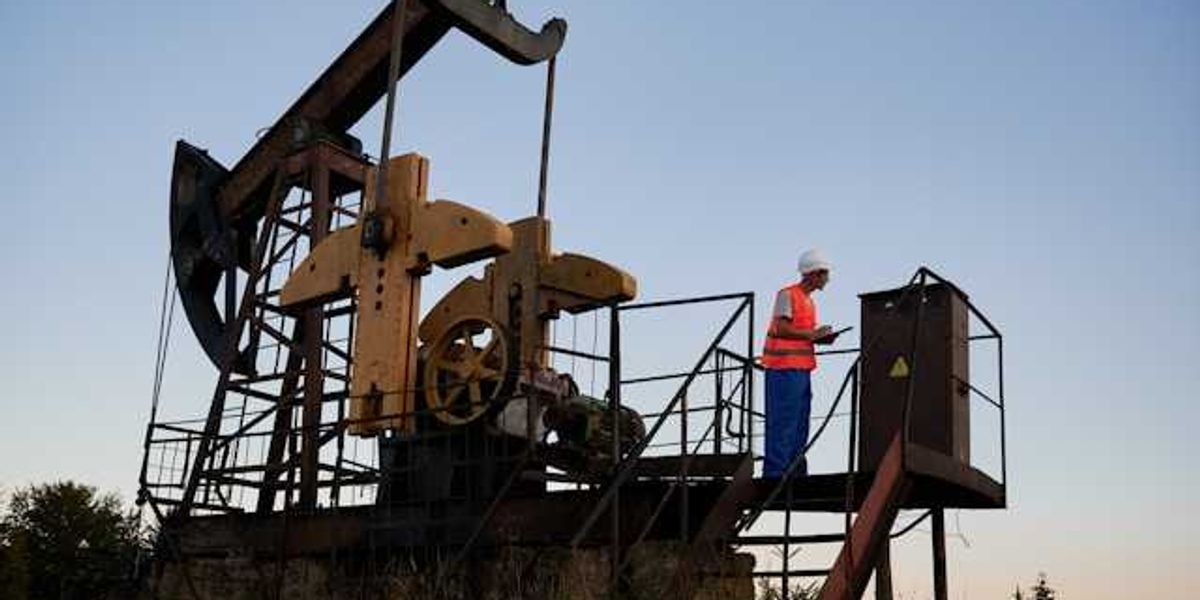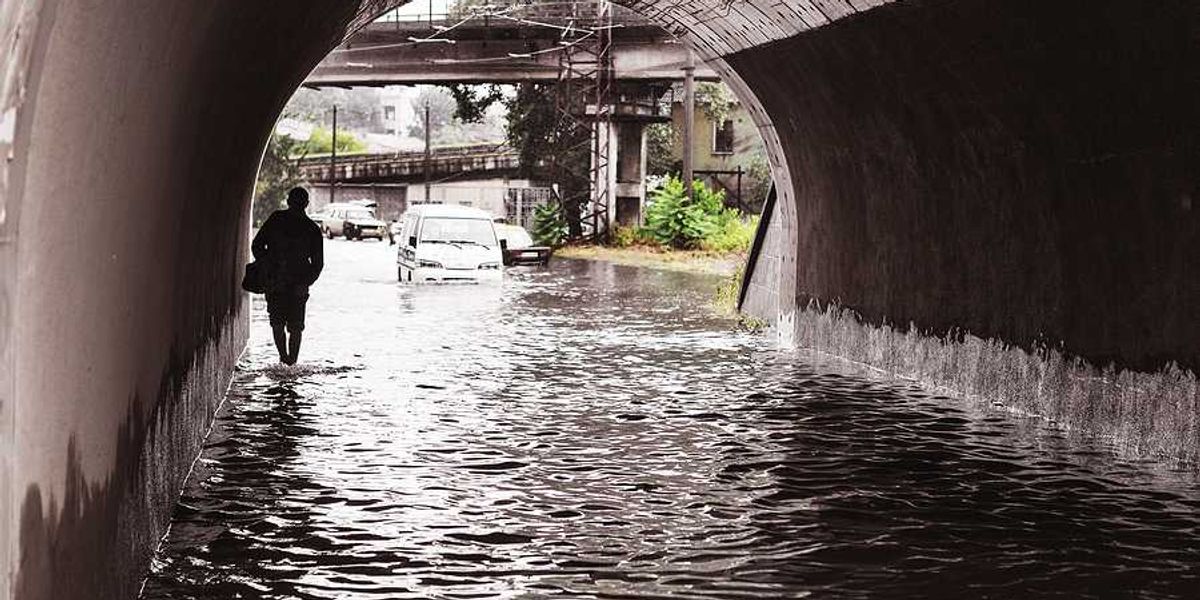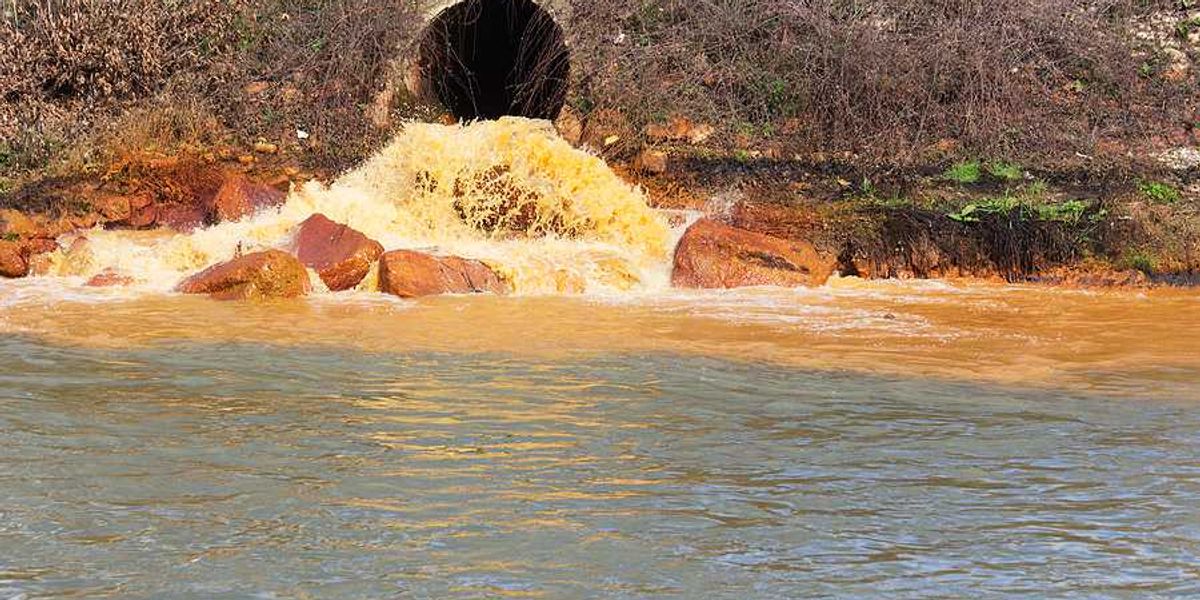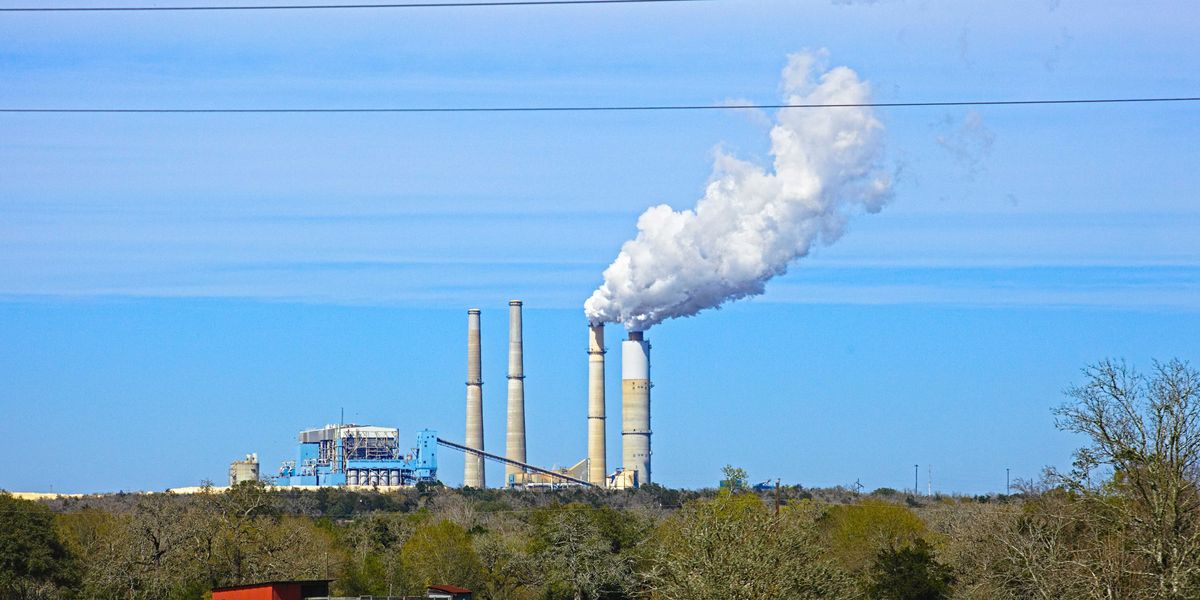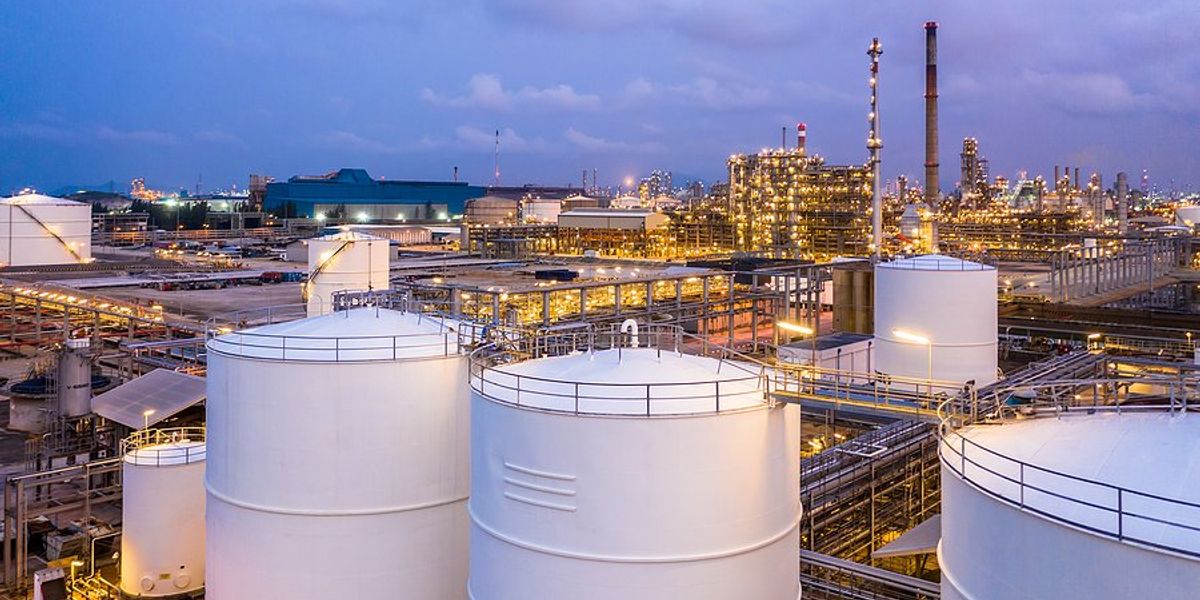
Expanded LNG exports bring pollution, rising prices, and resistance along the Gulf Coast
Liquefied natural gas export terminals along the Texas and Louisiana coast are expanding rapidly under President Trump’s second term, prompting fierce opposition from nearby communities grappling with pollution, climate risks, and rising energy costs.
Pam Radtke, Evan Simon, and Jeffrey Basinger report for Floodlight.
In short:
- The U.S. has become the world’s top exporter of liquefied natural gas (LNG), with six terminals operating on the Gulf Coast, six under construction, and six more proposed, largely backed by Trump’s rollback of environmental rules.
- Gulf Coast residents report worsening health and economic conditions, with some shrimpers losing more than 70% of their income as LNG facilities disrupt marine life and local ecosystems.
- Despite claims of global climate benefit, LNG's lifecycle emissions may be worse than coal, and its buildout is pushing up domestic natural gas prices, increasing energy costs for U.S. households.
Key quote:
“Our community is already surrounded by pollution. It makes absolutely no sense to approve two or three new LNG facilities here in southwest Louisiana when we already have as much industry as we do. It’s just like a death sentence.”
— Roishetta Ozane, founder of the Vessel Project
Why this matters:
The LNG boom is reshaping the U.S. Gulf Coast, with long-term consequences for both the environment and public health. LNG facilities release methane and other emissions that accelerate climate change while disrupting ecosystems critical to the region’s fishing industry. As infrastructure expands across wetlands and coastal communities, residents face declining air quality, erosion, and flood risks while corporate profits soar. The industry’s promise of jobs and local investment rarely materializes at scale, leaving low-income and predominantly minority communities to absorb the environmental burden.
Related: Major insurer drops coverage for Louisiana LNG project amid pollution concerns

